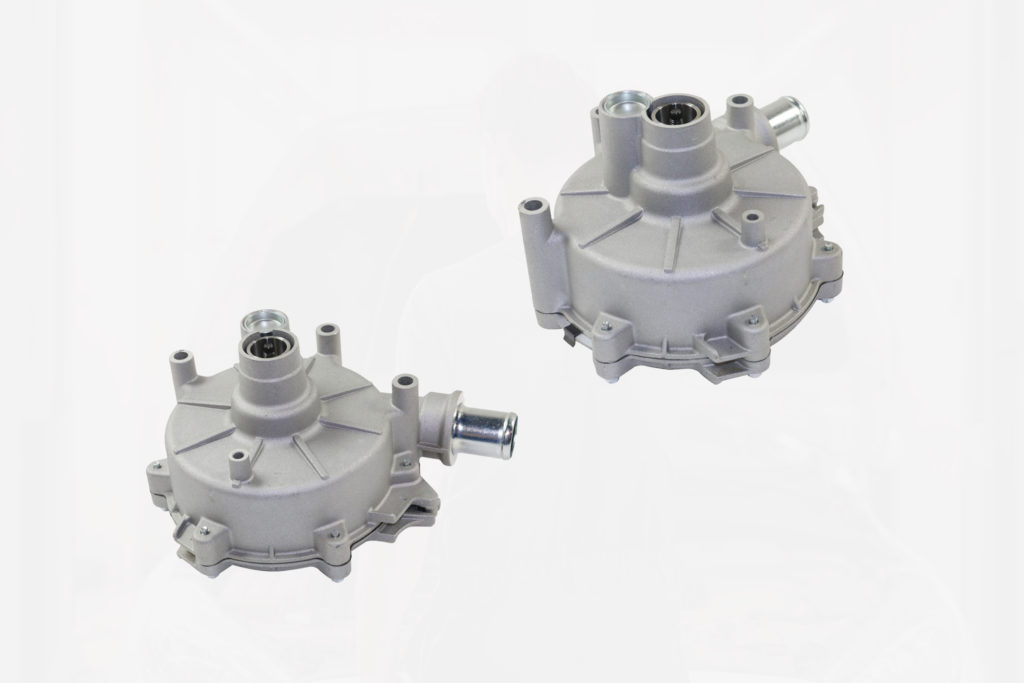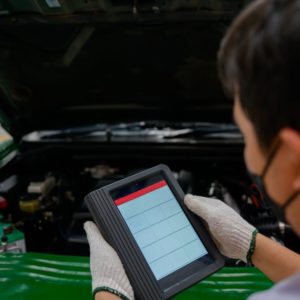The cooling system has a coolant or water pump that helps remove excess heat from the engine. On some vehicles, the water pump is electric. The powertrain control module (PCM) operates the electric water pump using various signals. If it detects a problem with the water pump, on-board diagnostics (OBD) will log a P2601 trouble code.
What Does the P2601 Code Mean?
Diagnostic trouble code (DTC) P2601 stands for “Coolant Pump ‘A’ Control Circuit Range/Performance.”
The water pump is responsible for circulating the coolant through passages in water jackets, which can be found in the cylinder block and head. As coolant picks up the heat from the engine, it flows through the radiator to cool down. The heat is released into the atmosphere.

On some vehicles, this code might apply to an auxiliary water pump instead of the primary engine water pump. For example, on the Toyota Prius, the code can apply to the coolant heat storage water pump.
The PCM operates the water pump using signals from other parts of the cooling system to determine how long the pump needs to work.
Note: The definition of code P2601 might be different depending on the vehicle manufacturer. Consult the appropriate repair manual or repair database for the exact code definition.
What are the Common Causes of the P2601 Code?
- Water pump failure
- Faulty water pump relay
- Wiring issues
- Powertrain control module failure
What are the Common Symptoms of the P2601 Code?
- Illuminated check engine light
- Malfunctioning heater system
- Overheating engine

How to Diagnose the P2601 Code
DTC P2601 is a generic powertrain code that can be logged in vehicles with an OBD-II system. While this might be the case, keep in mind that the steps for diagnosis can vary, depending on vehicle specifications. Diagnosing trouble codes like this one might require you to use a scan tool and conduct visual inspections on certain parts of the cooling system.
If you’re not familiar with this process, you can always have a trusted mechanic diagnose your vehicle for you. But if you think you can do it on your own, then you can go ahead and do it yourself.
How to Fix the P2601 Code
Without the right tools and technical know-how, attempting to fix a P2601 trouble code can be tricky. If done incorrectly, it can even lead to further complications and heftier repair costs. So if you’re not confident with your DIY skills yet, it’s best to have a certified mechanic perform the necessary repairs on your vehicle instead.
But if you’ve had some experience in dealing with trouble codes like this one, then you already know that there’s no universal fix for the code. So before you begin, you might want to check out guides like those from Chilton or an ALLDATA subscription to get vehicle-specific repair information.
Any information provided on this Website is for informational purposes only and is not intended to replace consultation with a professional mechanic. The accuracy and timeliness of the information may change from the time of publication.

















